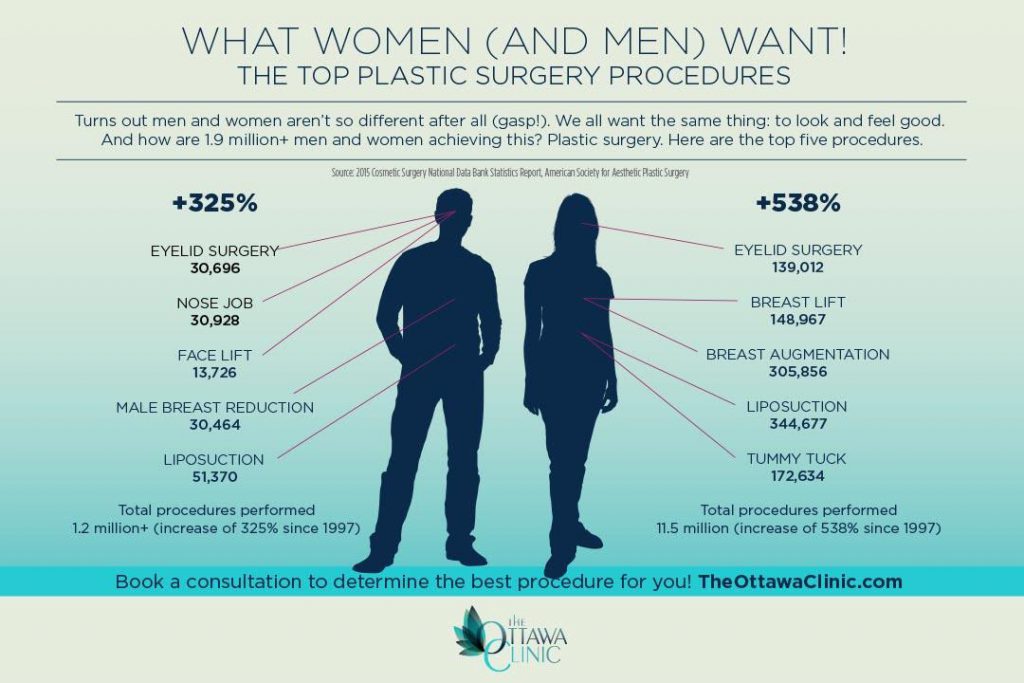What Are The Risks Of Natural Remedies
What Are The Risks Of Natural Remedies
Blog Article
Hormonal Acne - What is Hormonal Acne?
Hormonal acne is identified by clogged up pores and oily skin that typically shows up on the chin and jawline. It happens when hormonal adjustments activate inflammation and microbial overgrowth within hair roots.
Breakouts might look like whiteheads, blackheads, papules or pustules and cysts or blemishes in more severe cases. It is much more typical in teenagers experiencing puberty but can affect adults of any type of age.
What Triggers Hormone Acne?
While acne can be brought on by a selection of variables, consisting of making use of hair and skin care products that aren't oil-free or made with ingredients that could clog pores, genetic predisposition, diet,2 and tension, the root cause is varying hormones. Hormone acne happens when the body experiences hormone modifications and variations that lead to an overproduction of sebum, which causes inflammation, increased growth of bacteria and changes in skin cell activity.
Hormonal acne is often found on the lower jawline, cheeks and neck yet can show up anywhere on the body. It is identified by blemishes that are cystic, unpleasant and filled with pus or other material. It is additionally more probable to occur in women than males, specifically during the age of puberty, the menstrual cycle, maternity or menopause.
Age
While several children experience acne eventually throughout adolescence, it can continue to pester grownups well into their adult years. Known as hormonal acne, this form of outbreak is linked to changes in hormones and is usually most typical in ladies.
Hormonal acne occurs when oil glands produce way too much sebum, which obstructs pores and catches dead skin cells. This causes the development of acnes, such as whiteheads, blackheads and papules, pustules, cysts or nodules, deep under the surface.
This type of imperfection often creates discomfort, soreness and inflammation. It may likewise be cyclical and appear around the exact same time monthly, such as right before your duration beverly hills walk in clinic begins. This is since levels of female hormonal agents like progesterone and oestrogen change with each menstrual cycle.
Menstrual Cycle
Hormone acne normally shows up in the lower part of your face, along the jawline and cheeks, as whiteheads, blackheads or inflammatory pimples (pimples and cysts). It's most likely to show up around the moment when your menstrual cycle changes.
Specifically around ovulation, when estrogen and progesterone degrees are on the rise, hormonal agent variations can trigger breakouts. But it's additionally feasible to get acne at any factor throughout your 28-day menstrual cycle.
If you notice that your hormone acne flares up right before your period, attempt observing when exactly this happens and see if it connects to the stages of your 28-day menstruation. This will help you determine the source of your skin troubles. As an example, you might wish to work on stabilizing your blood glucose and cutting out high-sugar foods, or take into consideration a prescription medicine like spironolactone that can regulate your hormonal agents.
Maternity
Growing a baby is a time of significant hormonal changes. For lots of ladies, this includes a flare-up of hormone acne. This kind of breakout commonly begins in the first trimester, around week 6. It's triggered by hormone rises that stimulate sweat glands to make even more oil, which can clog pores and trigger more microorganisms to build up.
Outbreaks may additionally happen as a result of pre-existing problems like polycystic ovary disorder, which can also be a concern while pregnant and menopause. Also, some sorts of birth control pills (such as Ortho Tri-Cyclen and YAZ) can cause hormone acne in some ladies.
Thankfully, a lot of acne treatments are "no-go" for expecting ladies (including prominent acne-fighting components such as isotretinoin and spironolactone). Yet if you can not avoid those aggravating bumps, your physician may suggest oral erythromycin or cephalexin, which are secure during pregnancy.
Menopause
As women come close to menopause, the estrogen levels that triggered their hormonal agent acne to flare up during the age of puberty start to stabilize and lower. At the same time, however, a spike in androgens (additionally referred to as male hormonal agents) occurs since these hormonal agents can't be exchanged estrogen as efficiently as in the past.
The excess of androgens can activate oil production by the sweat glands, which blocks pores. When the clogged up pores ended up being swollen and irritated, an acne kinds.
Hormonal acne is normally seen on the face, specifically around the chin and jawline, however it can take place on the neck, back, shoulders, or chest. This kind of acne often tends to flare up in a cyclical pattern, comparable to the menstruation. Tension, which boosts cortisol and throws hormonal agents out of balance, likewise adds to the breakouts.